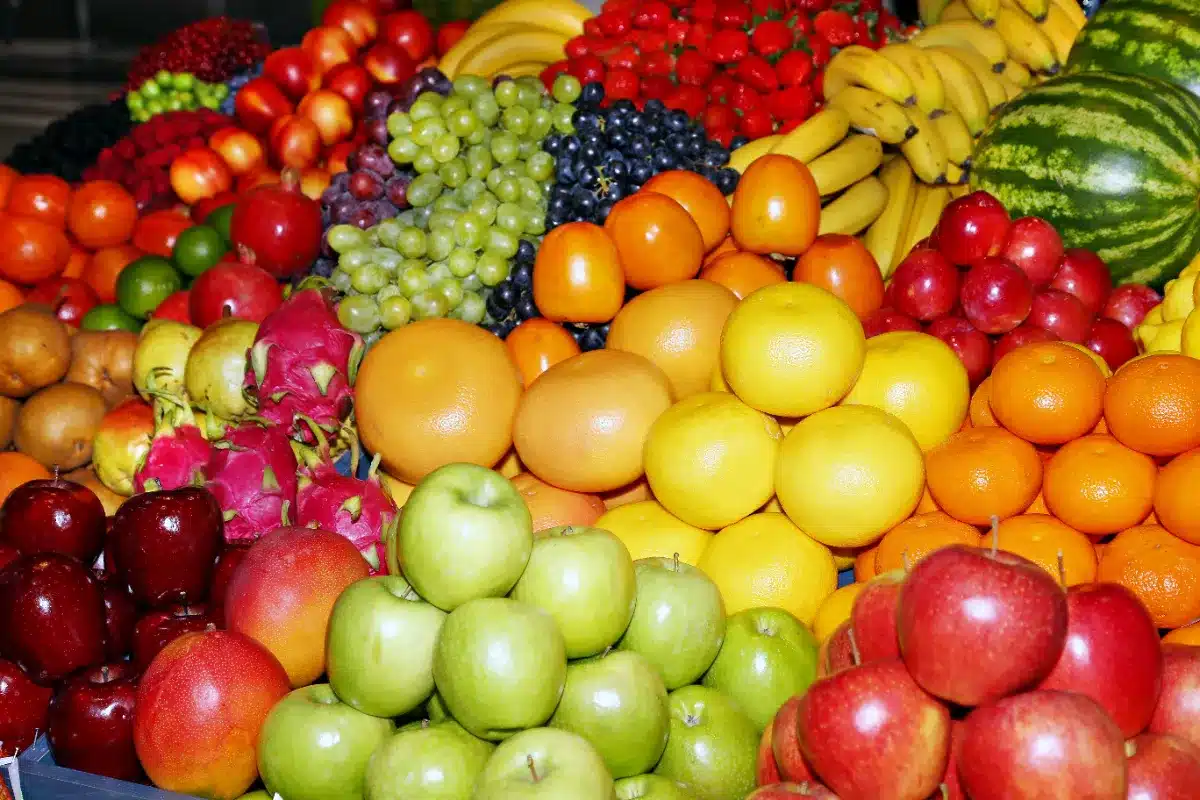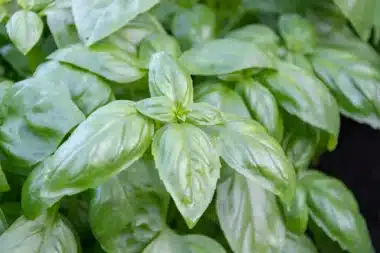In a world where food safety is a growing concern, knowing which fruits and veggies carry the fewest pesticide residues is pretty important. Since pesticides often end up in our meals, figuring out which produce has minimal chemical traces can definitely help guide our eating habits. This article takes a look at the fruit that leads the pack for having the lowest pesticide levels—and why that matters for buyers (so you can make smarter choices).
pesticides in our diets
Pesticides are everywhere in modern farming, used to fend off bugs and diseases from our crops. But with their presence in the food we eat, people have started worrying about potential health risks. As more folks watch what they eat, there’s a push to pinpoint fruits and vegetables with fewer of these chemicals. Knowing which items tend to have higher pesticide loads can help us steer toward safer dietary picks.
Some fruits that often end up with high pesticide levels include grapes, cherries, and nectarines. These fruits usually need a lot of pesticide treatment during growth, making them less appealing for anyone trying to cut down on chemical exposure. On the flip side, choosing items that naturally have lower pesticide residues can really benefit those keeping an eye on their health.
avocado: the low-pesticide star
When talking about fruits with very low pesticide contamination, avocado really shines. Its thick skin acts like a natural shield against pesticides, which means the part you eat ends up with much fewer residues. Avocados aren’t just creamy and delicious—they pack a serious nutritional punch.
They’re loaded with glutathione (a powerful antioxidant that helps fight oxidative stress), and they’re high in fiber for good digestion. Plus, avocados are rich in monounsaturated fats, especially oleic acid (known for its anti-inflammatory properties and potential heart-health perks).
The Environmental Working Group (EWG) even ranked avocado at the top of their “Clean Fifteen” list—a yearly ranking built from data provided by the United States Department of Agriculture (USDA). This nod really puts avocado in the spotlight as one of the safer fruits to eat when it comes to pesticide levels.
tips for cutting down pesticide exposure
If you’re looking to further lower your pesticide intake, there are a few easy tricks to try out. For one, opting for organic produce can help since organic farming usually means using fewer synthetic pesticides. Also, giving your fruits and veggies a good wash can take off a lot of the surface residues.
Peeling fruits and veggies when you can is another handy tip to reduce your exposure to pesticides. (Just keep in mind that peeling might strip away some of the nutrients found in the skin, but it can also significantly drop the chemical residues from conventionally grown foods.)
checking out the “clean fifteen”
The EWG’s “Clean Fifteen” list lays out which fruits and vegetables are considered safe when it comes to pesticide residues. Apart from avocado topping the list, it includes sweet corn, pineapple, onion, papaya, frozen peas, asparagus, honeydew melon, kiwi, cabbage, mushrooms, mango, sweet potato, watermelon, and carrots. Each of these options gives you a way to stick to a healthier eating routine and keep the chemical exposure on the down-low.
Knowing which foods score low on pesticide residues gives you the power to make smarter choices about what lands on your plate every day—setting you on a path toward better overall well-being through mindful eating inspired by solid research like the kind we’ve talked about here.







